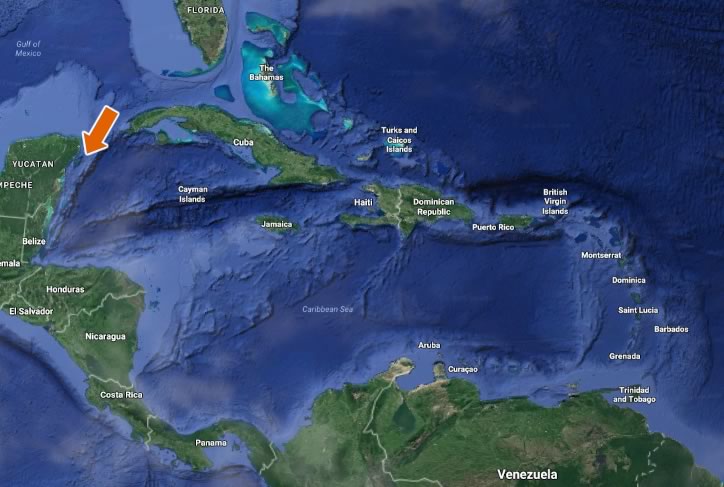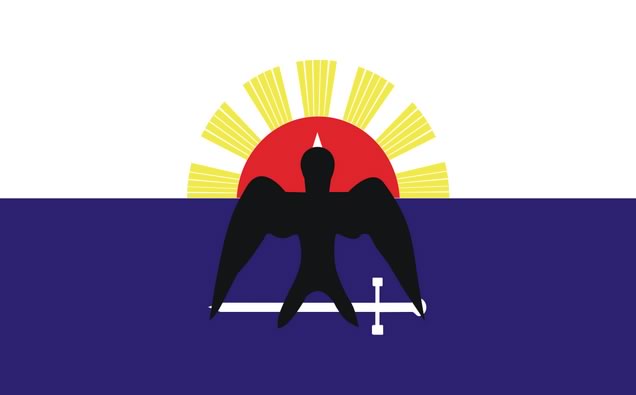Cozumel (Island of the Swallows) is the largest island in the Mexican Caribbean.
Located off the eastern coast of Mexico's Yucatán Peninsula, opposite Playa del Carmen. View Map
Cozumel is famous for its dense green vegetation, beaches with fine coral sand, scuba diving location and crystal-clear turquoise sea.

But first ensure you have wheels to get around. Ernesto's Rental offers scooter and jeep rentals at an affordable rate. Read more about them by clicking the Car Rentals tab above.
Enjoy your stay!
 If you own or manage a business in the Caribbean and need professional assistance with your website and social media, gandor.tv will create, maintain, host and promote your website for you.
If you own or manage a business in the Caribbean and need professional assistance with your website and social media, gandor.tv will create, maintain, host and promote your website for you.
“Himno Nacional Mexicano”
Yucatec Maya: Kùutsmil
English: Island of the Swallows
The first Spanish expedition to visit Cozumel was led by Juan de Grijalva in 1518. In 1650 many of the Mayan islanders were forcibly relocated to the mainland town of Xcan Boloná to avoid buccaneers' predation. Later, in 1688, the rest of the island's population, as well as many of the settlements along the Quintana Roo coast, were evacuated inland to towns such as Chemax.
In 1848, refugees escaping the tumult of the Caste War of Yucatán settled on the island and in 1849 the town of San Miguel de Cozumel was officially recognized by the Mexican government.
The original airport was a World War II relic and was able to handle jet aircraft and international flights, a much larger airport was built in the late 1970s. This resulted in much greater tourism to Cozumel.
Scuba diving is still one of Cozumel's primary attractions, mainly due to the healthy coral reef marine communities. These coral reefs are protected from the open ocean by the island's natural geography. In 1996, the government of Mexico also established the Cozumel Reefs National Marine Park, forbidding anyone from touching or removing any marine life within the park boundaries.
The island was struck directly by two Category 5 hurricanes during the 2005 Atlantic hurricane season. Despite Emily being a powerful storm, it was the slower moving Hurricane Wilma that caused the most destruction when it hit the island in October. There was some damage to the underwater marine habitat. This included the coral reefs, which suffered particularly at the shallower dive sites, and the fish that inhabit the reefs. [info: Wikipedia]
Going snorkeling or diving? That's great, but please don't take a starfish out of the water. They die immediately. Rather appreciate them where they are. Let them live so they could be appreciated by many more Caribbean visitors.















